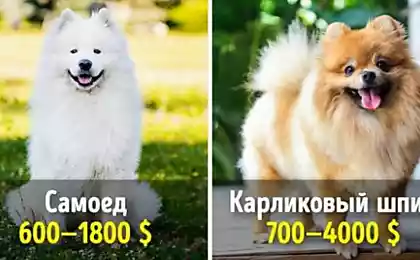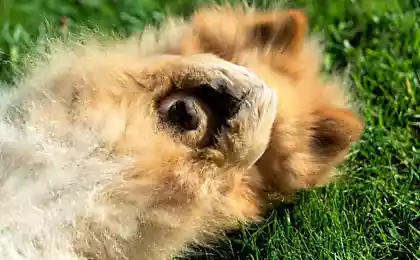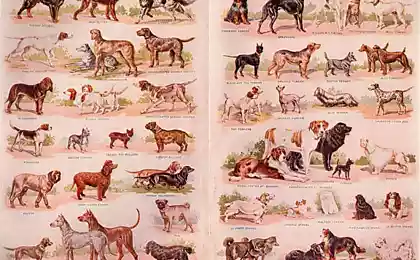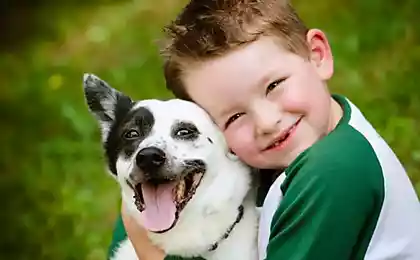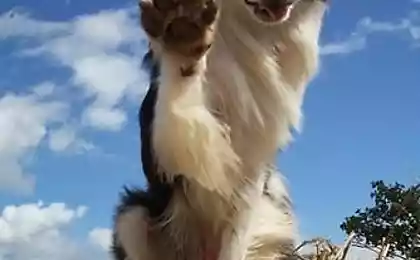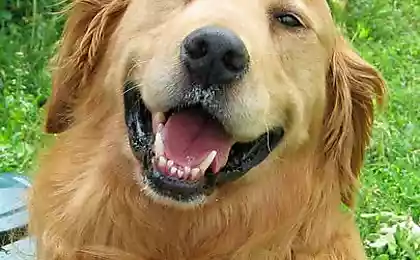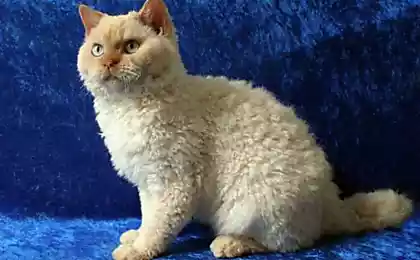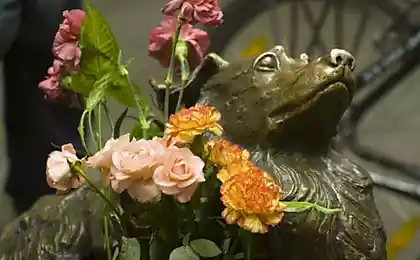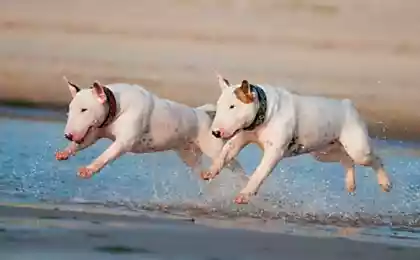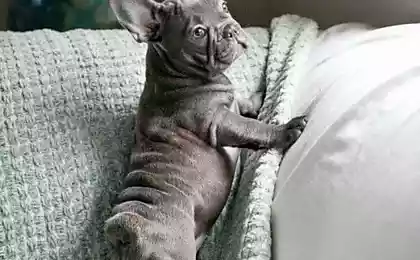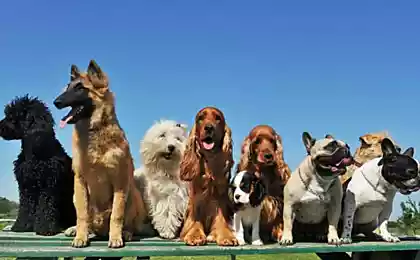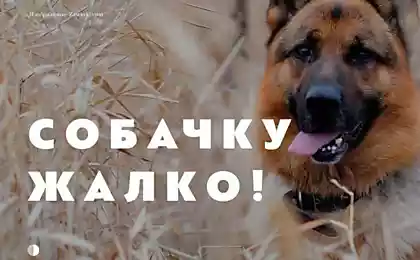234
Charming snow-white dogs of the breed Bichon Frise
Other names: French lapdog, curly lapdog (in this case it is a literal translation of Bichon à poil frisé).
These charming snow-white dogs simply cannot help but conquer the heart of a person who has looked at them at least once. The sweet look of black eyes, which sometimes shines with craftiness, soft and fluffy wool, which irresistibly want to touch, a tail resembling a palm tree covered with fur - all this creates a unique and surprisingly harmonious image of a pet, which, moreover, has an almost ideal character for keeping in apartments and houses where there are children. The energy, sincerity, playfulness and ingenuity of the Bichon Frise breed dogs make it truly attractive!
Judging by historical references, the ancestors of Bichon were water spaniels (barbets). The names of these breeds echo, originally white beauties were called barbichons, and after the name was shortened to the usual now bichon.
Sweet couple of bichons. Photo by Al_HikesAZ.
This breed has been popular for more than 700 years. In documents dating back to the 1300s, it was mentioned that the aristocrats of Italy considered such a dog their indispensable attribute. At the same time, there is information that the Bichonians were brought to the Apennine Peninsula by sailors from Spain or Phoenicia. For a cheerful temper and beauty, the breed was very valued, in some cases, animals were even exchanged for something valuable or sold. The dog was known during this period as Bichon Tenerife (in other words, the Tenerife lapdog).
Intrigued Bichon Frise. Photo by carolinemarshall.
Subsequently, this breed appeared in France (in the XVI century), which was already the capital of world fashion, so the Bichon Friese became known throughout Europe. King Francis I showed a special love for the Bichons, these cute animals were constantly in his chambers. This is why they were called princes (princes). Bichons were popular during the reign of Henry III, and were even considered lucky charms during diplomatic negotiations. Black times for defenseless pets came when the revolution of 1789. But natural ingenuity rescued these snow-white charms – they began to be used in the performances of the ball-makers.
Another surge in the popularity of the breed Bichon Frise – the era of Napoleon Bonaparte.
Bichon Frise at the exhibition - running in the ring. Photo by Paivi Reijonen.
Then came the decline again. It was only after the First World War that they regained their rightful place. In 1933, the Canine Club of France officially recognized this breed. Much later, namely, on January 10, 1972, the breed was validated by the FCI club (MKF), and in April 1973 the Bichon Frise was “registered” in the permanent exhibition classification at the AKS exhibitions (American Kennel Club).
Bichon Friese to the wind. Photo by Por Adam Runarsson.
The breed of bichon frieze can be called miniature - the height of an adult animal at the withers does not exceed 30 cm. The weight of snow-white pets is from 3 to 5 kilograms. They are characterized by a dense, curly, pleasant to the touch coat with a length of no more than 10 centimeters. The white color is considered canonical. Light spots (apricot, beige) are acceptable only in puppies. Also distinguishing features are a black nose and a dark rim around the eyes.
The main advantage of these dogs is the lack of aggressiveness towards a person, in particular, to children. They may be angry with other animals. Training bichon frieze is quite easy, although to say that his character is too simple is impossible, but they do not harbor resentment, are not vindictive. Dogs are playful, have courage. Bichons live up to 15 years.
Decorated Bichon Frise. Photo by Rachel Citron.
Puppies and training Bichon Frise As a rule, in the litter from 1 to 6 puppies. Mostly 4-5.
Bichon Frise is a decorative breed of dogs, so special requirements for the behavior of the animal, as a rule, are not presented - training and training are not required.
Ideal for keeping in urban apartments, because they can even be taught to defecate on the tray. But this is not a permanent solution to the issue of walking. In order for the animal to develop normally, it needs regular walks in the fresh air, during which the dog will be able to show physical activity.
Again, a sweet couple of Bichons. Photo by Al_HikesAZ.
If the owner does not have a goal to participate in special exhibitions, then the pet can be washed periodically (from 1 time a week to 1 time a month), cut, comb. It seems that thick curly coat is very difficult to care for, but it is not! There is no need even for daily combing, it is quite possible to do it every other day. In addition, bichon frieze minimally molts, which eliminates the need for scrupulous cleaning.
It is necessary to shorten the claws of the animal in a timely manner and monitor the cleanliness of the teeth and ears.
Elena Samoilova
Source: natureworld.ru/
Photo report – a miracle aquarium in the lobby of the Berlin hotel Radisson Blu
NASA astronauts will spend nine days under water
